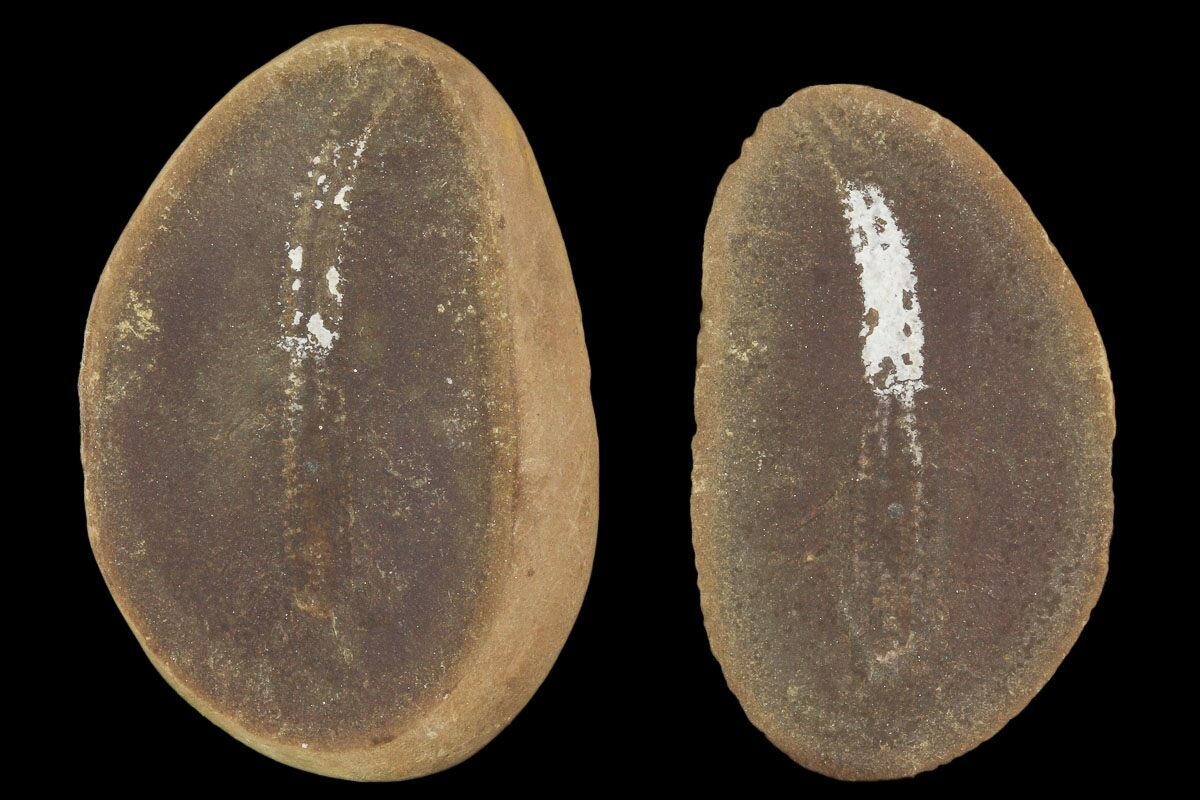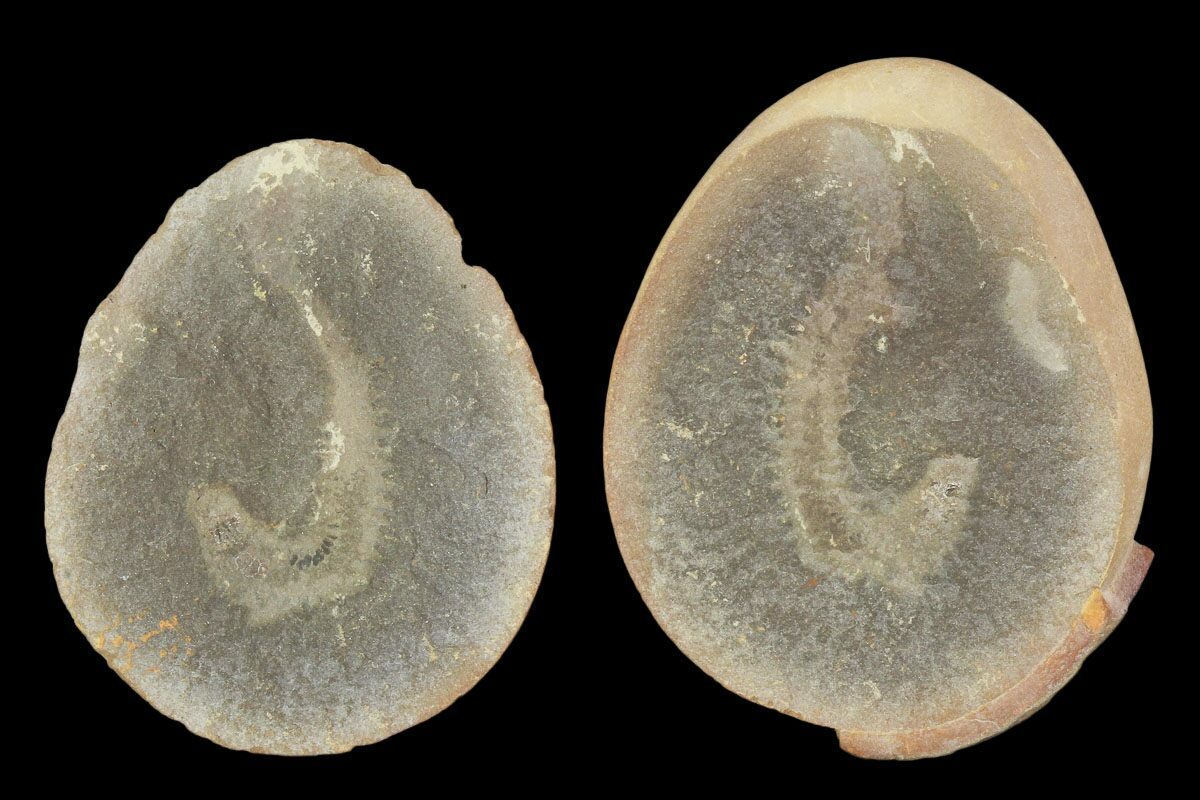
However, evidence has been growing that there was an extended and fruitful period before the Cambrian when bilateral organisms may have arisen and diversified. That's because the ancestors of nearly all major modern animal groups, or phyla, made an appearance in the fossil record during this period.

It has generally been thought that most bilaterians arose during a dramatic diversification of animal life (dubbed the Cambrian explosion) 540-500 million years ago. (For example, most of the features that allow an animal to move itself from one place to another-legs, fins, wings-can only develop on bilateral organisms.) In spite of the major evolutionary importance of this transition, until now scientists have known little about the earliest bilateral animals.


A crucial step in the evolution of more complex organisms was the transition to body shapes with bilateral symmetry. Researchers agree that the first multicellular animals had circular shapes that were "radially symmetrical," just like the jellyfish or sea anemones of today.


 0 kommentar(er)
0 kommentar(er)
